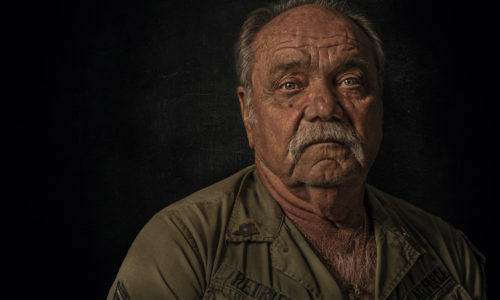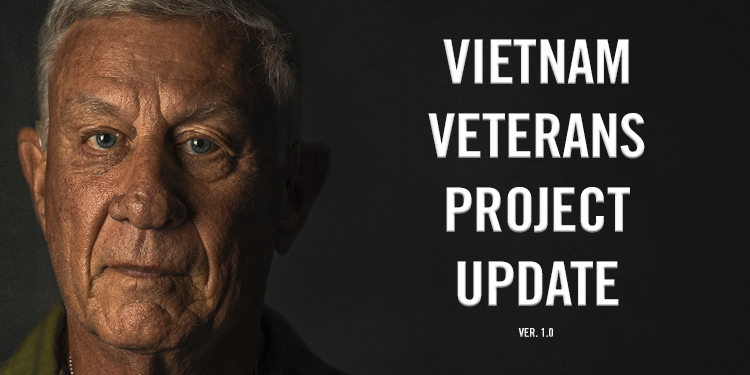
5 of the best lenses for Documentary Photography
- Blog
- 5 best, documentary, lenses
- August 13, 2018
Documentary photography can be incredibly rewarding, but it can also be very challenging. Unlike landscape and portrait photography, where you can control the light, angle, and setting; when you shoot documentary events or situations, photographers are often at the mercy of life and mother nature. Without any warning, a shoot can be turned upside down, depending on the subject matter. Either way, as a photographer shooting life as it unfolds, you need to be prepared and you need to be able to adapt.
Before we get into the best lenses for documentary photography, it’s best if you know exactly what documentary photography actually is, or at the very least, have a basic understanding. Simply put, the photographer’s goal is to capture everyday life, through a series of photographs mostly significant and/or historical events. It’s basically a form of photojournalism, not unlike street photography, but with more of a singular focus or goal. Some photographers have taken the concept of documentary photography and instead of covering wars, protests, elections and such, have decided to document more intimate situations for people and families. Some examples would be bringing a newborn baby home from the hospital and into the home for the first time or celebrating a child’s first birthday, all the way through the cake smash. There are literally tons of examples, but in its simplest form, it’s documenting life, through a series of photographs as it happens.
With all that being said, you can imagine how situations can change on a dime and so a photographer needs to be ready with a variety of lenses. While some photographers can work with a single lens, others prefer to use a few. There’s no wrong way, which is why I’m going to give you my top five lenses for documentary photography.
Quick note, this list isn’t completely camera specific, so I’m making my lens suggestions to be as universal as possible. Though I have listed some suggestions for a few brands below.
Telephoto
Let’s start with the telephoto options. I don’t like using a long-range telephoto lens for documentary shoots, simply because things are moving to fast and you need to be able to move quickly and pivot, so a tripod is more or less out of the question, in most cases. You won’t get much out of using a 200mm lens because, at that focal range, any quick movement will cause your images to be out of focus and you’ll lose the shot. You’ll also want to be close to the action and what’s going on, unless of course your documentary a war zone, in which case … you might … I don’t know … want to stay back.

16-35mm
You may be thinking, why in the world would you need such a wide-angle lens for documentary style photography? Well, to put it simply, not all documentary-style photography focuses on people or at least people close up. In some cases, you need to document an event where there’s a lot of people or possibly an environment/landscape (i.e. building or construction, nature, etc). I like the 16-35mm (or an equivalent) because of the wide 16mm focal range, giving me the ability to capture so much information and landscape that I won’t miss a thing, but I can also zoom in to a more standard 35mm and get up close to a subject as if I were shooting a 35mm prime, though with a telephoto I do sacrifice a prime’s speed in doing so, however, it’s still a great option to have, especially if you’re someone who doesn’t like to swap lenses.
Options: Sony | Canon | Nikon | Fujifilm (16-55mm)

24-70mm
Most big brands, like Nikon, Canon, Sony, and so on, have a 24-70mm, or at least something close, like Fujifilm’s 16-55mm. These lenses offer photographers the opportunity to get into the thick of it, without getting in the way. You’re also going to want to shoot for at least a f/2.8 or faster (like a f/1.4 – f/1.8 or some extreme cases, a f/1.2) because, in many situations, lighting could be tricky or be absent entirely and you’re going to want a fast aperture. While it’s not always the case, in my experience the 24-70mm lenses with at least a 2.8 tend to be very expensive, so I would do some research to see what’s available and what works best for your needs before you just pull the trigger on this style lens.
Options: Sony | Canon | Nikon |Fujifilm (16-55mm)
Prime Lenses
Whenever I do anything documentary style, I always prefer to shoot with a prime lens. In most situations, they are more reliable, faster and sharper, and depending on your focal length, you only need to move a few steps in or out to get the most out of your subject.

35mm
The 35mm for me is the ultimate fallback lens. It’s wide enough without being too wide and yet it still allows you to get up close and personal if the shot requires it. Be aware that in order to get a good closeup, you will have to be close to the subject, if this is a person it could make them uncomfortable if they don’t want to be photographed. It’s also a lens that is available on almost any camera body and it’s also typically an affordable lens, depending on the speed you prefer. Speaking as a Sony user, you could spend upwards of $1600 for a Zeiss f/1.4, or as low as $289 for a Samyang f/2.8, with a few other lens options for price and speed in between. It’s also a lense that tends to be available for almost any camera brand.
Options: Sony | Canon | Nikon | Fujifilm

50mm
There is a reason the 50mm is called the nifty fifty. It’s just so reliable and practical in almost every setting. It’s the sweet spot lens, or as I personally call it, the goldilocks lens, it’s not too wide, it’s not too narrow, it’s just right. There are so many variations of the 50mm, from older manual lenses to high end, autofocusing f/1.2 lenses. The 50mm is a great lens for so many applications, but documentary and street photography (which in some instances, go hand and hand) are fields where it truly excels. It may not produce the same level of bokeh as lenses with a longer focal length, but most 50mm lenses produce tack sharp images and have less vignetting and distortion, which saves you time when editing.
Options: Sony | Canon ( f/1.2) | Nikon | Fujifilm (Rokinon/Samyang f/1.2 – Fuji Mount)

85mm
For me, the 85mm is my go-to lens for documentary and portrait work. The longer focal range means I can capture my subject(s) more intimately without being also being invasive to their personal space, I simply step forward just a little bit which will allow me to get that up close and personal shot, without actually standing on their toes. For instance, if you were to document the day new parents bringing home their first child, you don’t want to be in their face every time they turn around. You’ll want to give them space. That being said, you also don’t want to miss those moments when they are snuggling or getting close to the child’s face. The 85mm gives you that flexibility. It also gives you incredible bokeh because of the extra focal length, compared to the 35mm and 50mm. The only downside to the 85mm is that you need to make sure you have the room to use it. Because there’s no ability to zoom out, the only option is to back up. If your back is against a wall, that’s it, that’s as far as you can zoom out. Before you take a job or start a shoot take into consideration the size of the room if you’re shooting indoors.
Options: Sony | Canon | Nikon | Fujifilm (Rokinon – f/1.4 – Fuji Mount)
Hopefully, with these suggestions, you’ll be able to jump right into the field of documentary photography, remember, there’s no right or wrong what to do documentary work. You just need to find what works best for you. Do you like the speed and size of a prime lens or do you hate having to change lenses often and having to physically move closer and farther away instead of having the option to just zoom? Then there’s also the question of cost versus speed. I highly suggest you do a little research, but hopefully, this list will springboard you in the right direction and remember, if you’re ever in doubt, you can always leave a comment below for suggestions or hit me up on Twitter @MikeWewerka, I’m always here to help.
*Note: Most, if not all, lenses in the buy options are for full-frame cameras, however, there are options for APS-C cameras. If you’d like us to cover those, please let us know. The options listed were for the fastest lenses, usually 1.2 or 1.4, though cheaper options are available in most cases.


